Vegan Globetrotter is supported by our audience. When you purchase through one of our links, we may earn a small affiliate commission. As an Amazon Associate I earn from qualifying purchases. Your cost is not affected.
==================
Protein, especially in vegetables high in protein, is an essential macronutrient that plays a critical role in building, maintaining, and repairing body tissue. Traditionally associated with animal products, protein is also abundantly found in various vegetables, offering a plant-based alternative for those seeking diversity in their protein sources. By turning attention to these high-protein vegetables, individuals can explore a wealth of nutritional benefits that align with a range of dietary preferences, including vegetarian and vegan lifestyles.
Vegetables High in Protein: Unlocking the Nutritional Powerhouse for a Balanced Diet
The protein content in vegetables can be surprisingly high, with certain varieties offering significant amounts of this vital nutrient. Vegetables such as lentils, beans, spinach, and peas are known for their higher protein concentrations. These plant-based proteins come with the added benefits of fiber, vitamins, and minerals, making them a powerful component of any balanced diet. For those looking to minimize their meat consumption, these vegetables provide a compelling alternative, containing essential amino acids that are key to various bodily functions.

Key Takeaways
- Vegetables can be significant sources of protein, suitable for a variety of dietary requirements.
- High-protein vegetables offer additional health benefits, including fiber, vitamins, and minerals.
- Plant-based proteins present an alternative to animal proteins, contributing to a balanced diet.
Importance of Protein in Diet
Protein is a crucial macronutrient that serves as a building block for the body. It’s essential for the growth and repair of all types of body tissue, including muscles, bones, skin, and hair. Proteins are composed of smaller units called amino acids, often called the “building blocks of life.” The body requires protein for critical functions such as:
- Forming enzymes that power numerous chemical reactions
- Creating hormones that signal between cells, tissues, and organs
- Developing antibodies for immune system response
Explanation
Adequate protein intake is vital for maintaining muscle mass, particularly as individuals age. Consuming sufficient protein can help with weight management by assisting with satiety, which is the feeling of fullness that can help reduce overall calorie intake. One should strive to consume protein from a variety of sources, ensuring that all essential amino acids are obtained from the diet. Here’s a concise breakdown of the protein content found in some protein-rich vegetables.
Breakdown of the Protein Content
Vegetable Protein Content Spinach 6g per cup Broccoli 2.6g per cup Brussels Sprouts 3g per cup Watercress 0.8g per cup Adult males generally require about 56 grams of protein per day, while adult females need about 46 grams, with variations depending on age, activity level, muscle mass, and overall health. Including protein-rich vegetables in one’s diet is a beneficial strategy to meet these daily requirements.
Overview of Protein Content in Vegetables
Protein is a crucial macro-nutrient required by the human body for growth and maintenance. Vegetables are often overlooked as sources of protein but can contribute significantly to the daily recommended intake, particularly for individuals following plant-based diets.
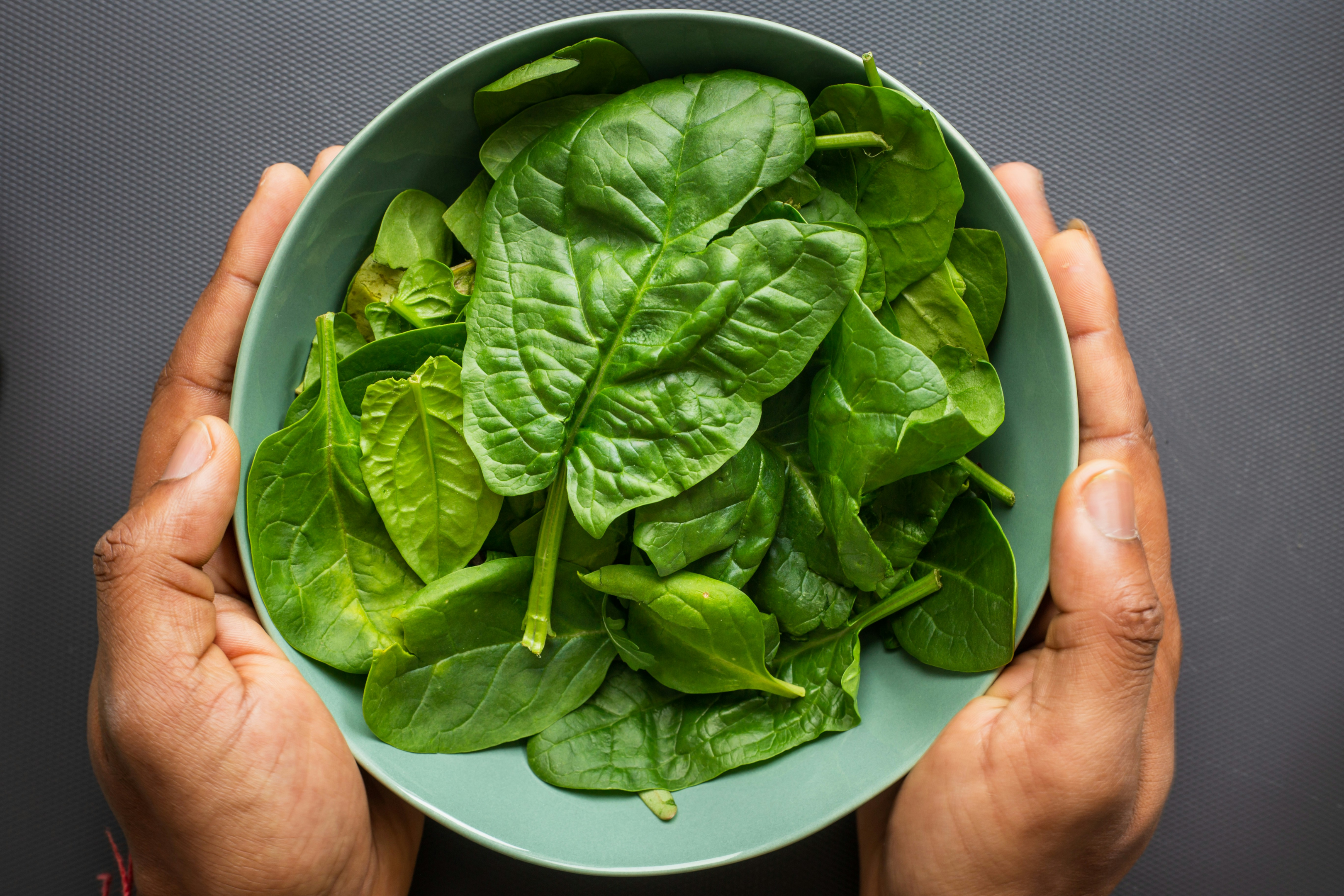
Photo by Louis Hansel on Unsplash
Key High-Protein Vegetables
- Watercress: A leafy green that provides exceptional nutritional value.
- Spinach: Versatile and rich in protein, it is a staple in many diets.
- Asparagus: Offers a good amount of protein along with essential nutrients.
Explanation
Vegetables generally contain lower protein levels than animal products or legumes, yet certain types stand out for their higher protein content. These vegetables can be easily incorporated into meals to increase protein intake. It’s important to balance these with other protein sources to meet daily nutritional needs.
Breakdown of the Protein Content
Vegetable Protein (per 100g) Watercress 2.3g Spinach 2.9g Asparagus 2.2g Broccoli 2.8g Brussels Sprouts 3.4g Each vegetable listed also brings a variety of other nutrients, such as fiber, vitamins, and minerals, contributing to a well-rounded diet. For more detailed information on how to integrate these high-protein vegetables into a daily diet, individuals can find guidance on sites like Healthline and EatingWell. These sources rank vegetables on their protein content and provide suggestions for consumption, catering to diverse dietary preferences and requirements.
High-Protein Vegetables
Incorporating high-protein vegetables into one’s diet can provide essential nutrients while supporting muscle health and satiety.
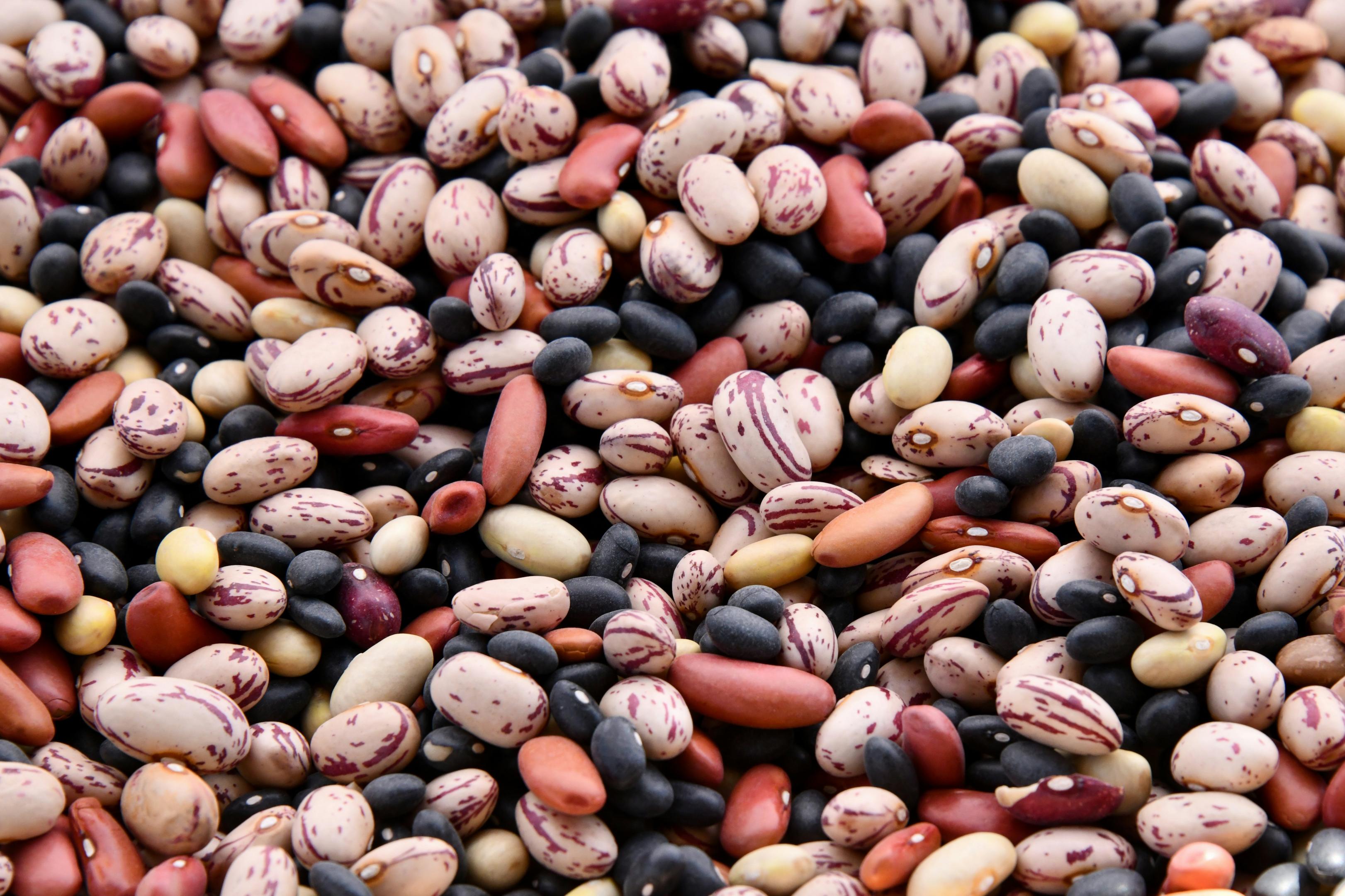
Photo by Shelley Pauls on Unsplash
Legumes and Beans
Legumes and beans are powerhouse sources of plant-based protein. For example, a single cup of edamame contains 18.46 grams of protein. Chickpeas and lentils are similarly rich in protein and offer the added benefits of fiber and minerals.
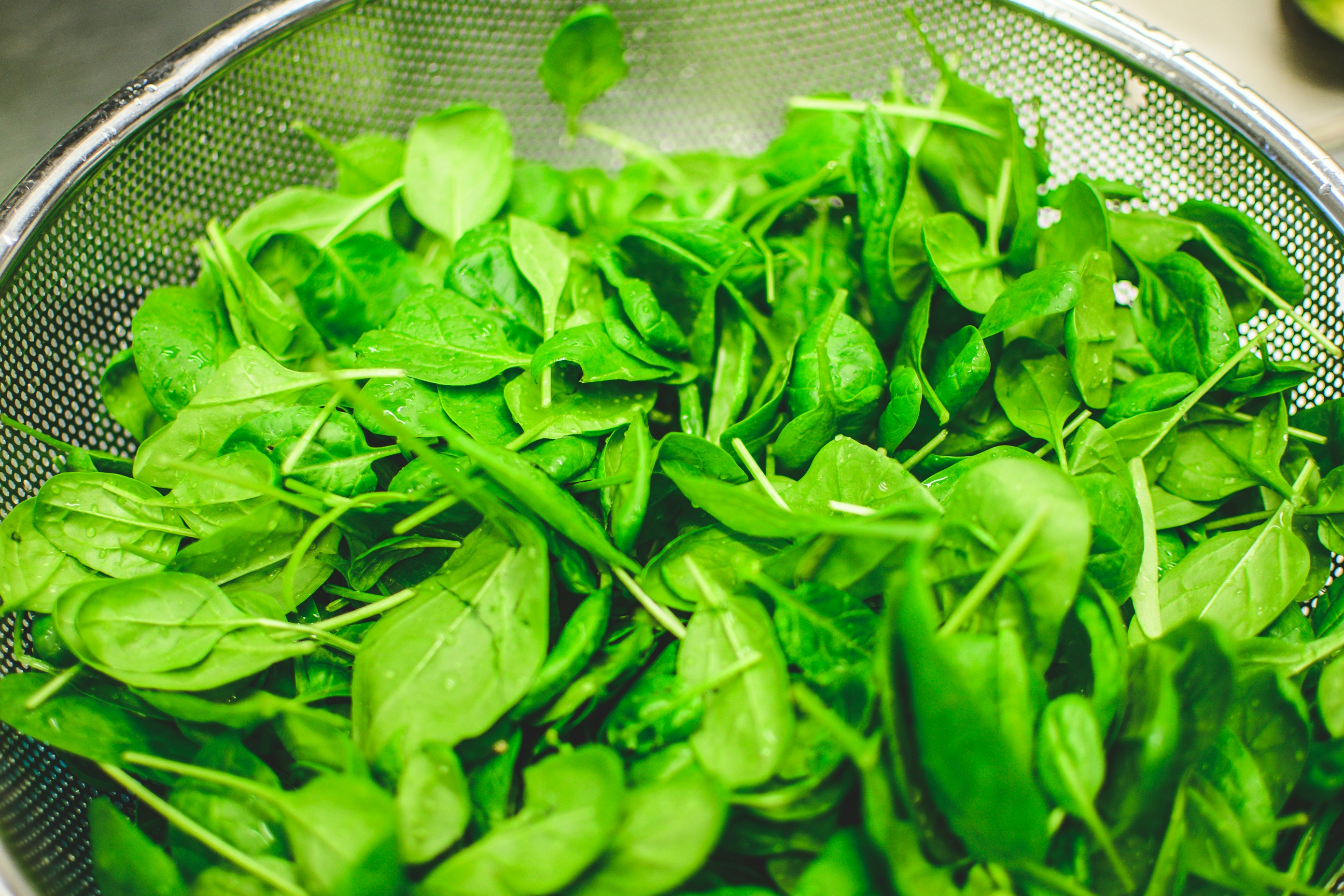
Photo by Pille R. Priske on Unsplash
Leafy Greens
One might not immediately associate leafy greens with high protein content, but these vegetables are surprisingly substantial. Spinach and kale offer a decent amount of protein per serving, with spinach providing about 5 grams of protein per cooked cup.
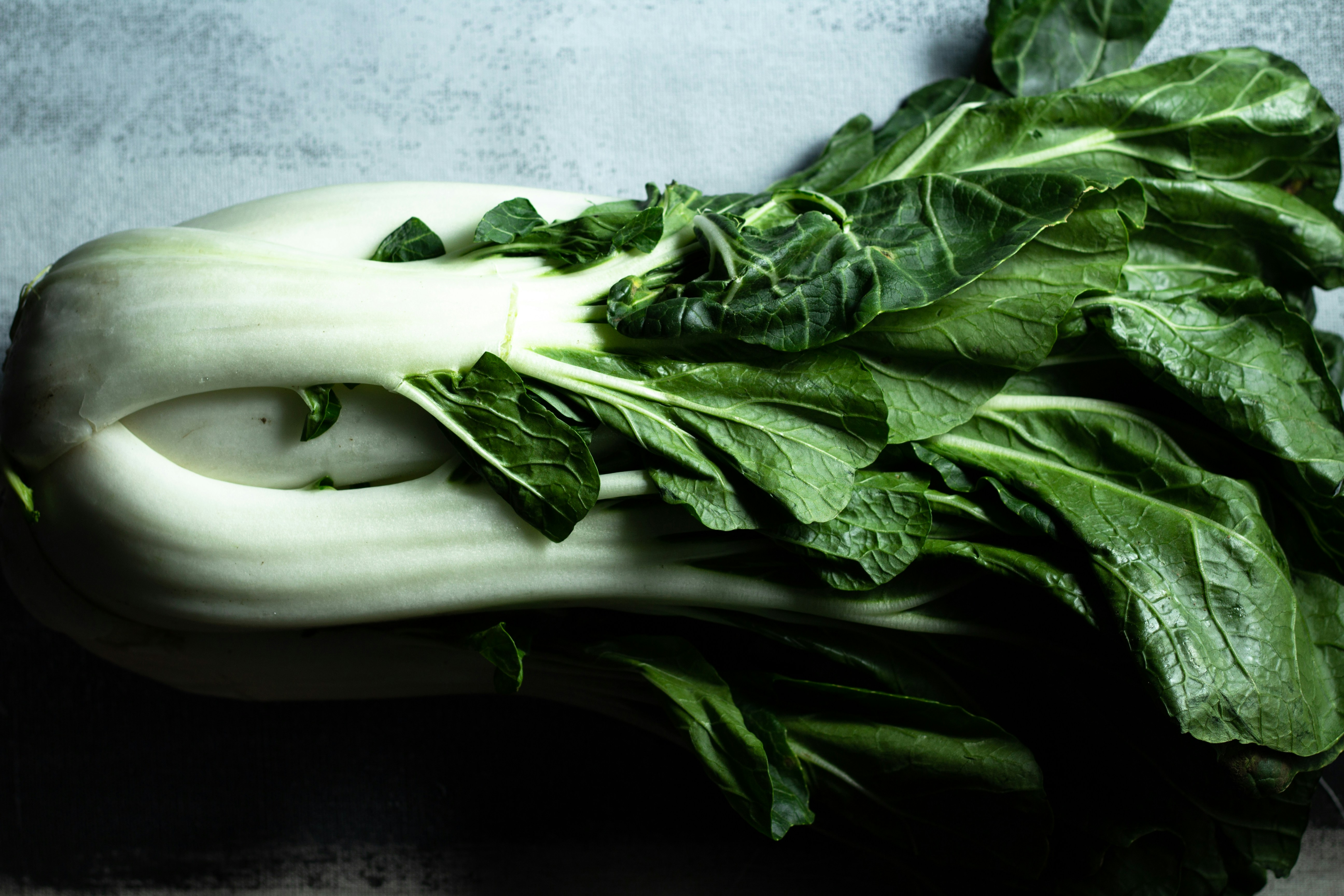
Photo by Christina Rumpf on Unsplash
Cruciferous Vegetables
The cruciferous family of vegetables includes options like broccoli and Brussels sprouts, which are noted for their protein content. Brussels sprouts, for instance, can provide about 3 grams of protein per cup.
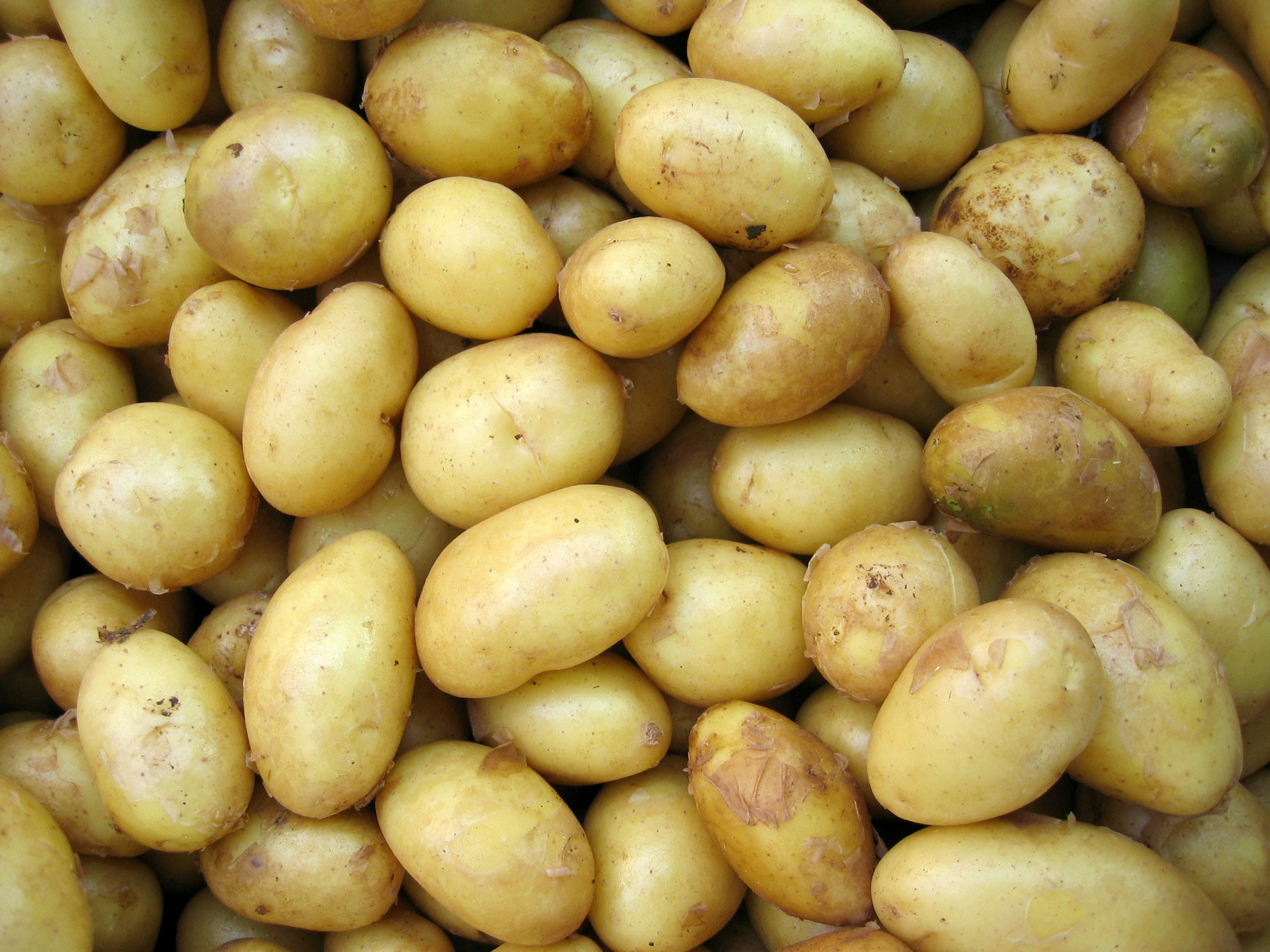
Photo by Hai Nguyen on Unsplash
Roots and Tubers
While not as high in protein as legumes or beans, some roots and tubers provide a notable amount of this macronutrient. A cooked cup of potatoes can serve up to 4 grams of protein, along with other essential vitamins.
Nutritional Profiles and Benefits
Vegetables are a vital source of nutrients including proteins, vitamins, and minerals. Protein-rich vegetables can contribute significantly to dietary requirements, especially for those following vegetarian or vegan diets.
- Edamame: These young soybeans offer about 18.46 grams of protein per cup when prepared from frozen. They are not only a robust source of protein but also provide fiber, iron, and calcium.
- Artichokes: Artichokes contain around 3.3 grams of protein per 100 grams. They are also a good source of fiber, vitamin C, and magnesium.
- Green Peas: A single serving of green peas supplies a substantial amount of protein. They are also plentiful in vitamins A, C, and B vitamins.
Examples
Protein content in vegetables can be relatively high per calorie, a fact exemplified by watercress, which has a dense nutritional profile, making it an excellent choice for increasing protein intake without consuming too many calories.
Breakdown of the Protein Content
Vegetable Protein (per cup) Edamame 18.46g Spinach 5g Artichokes 3.3g Green Peas 8g Beyond protein, these vegetables provide other nutritional benefits, such as antioxidants, which can protect against oxidative stress. They also offer dietary fiber, which aids in digestion and can contribute to a feeling of fullness, potentially aiding in weight management. Lastly, they include essential minerals like iron, potassium, and magnesium, all crucial for maintaining good health. Consuming a variety of protein-rich vegetables is recommended for a balanced diet, as each brings a unique set of nutrients that contribute to overall health.
Nutritional Profiles and Benefits
Vegetables are a vital source of nutrients including proteins, vitamins, and minerals. Protein-rich vegetables can contribute significantly to dietary requirements, especially for those following vegetarian or vegan diets.
- Edamame: These young soybeans offer about 18.46 grams of protein per cup when prepared from frozen. They are not only a robust source of protein but also provide fiber, iron, and calcium.
- Artichokes: Artichokes contain around 3.3 grams of protein per 100 grams. They are also a good source of fiber, vitamin C, and magnesium.
- Green Peas: A single serving of green peas supplies a substantial amount of protein. They are also plentiful in vitamins A, C, and B vitamins.
Examples
Protein content in vegetables can be relatively high per calorie, a fact exemplified by watercress, which has a dense nutritional profile, making it an excellent choice for increasing protein intake without consuming too many calories.
Breakdown of the Protein Content
Vegetable Protein (per cup) Edamame 18.46g Spinach 5g Artichokes 3.3g Green Peas 8g Beyond protein, these vegetables provide other nutritional benefits, such as antioxidants, which can protect against oxidative stress. They also offer dietary fiber, which aids in digestion and can contribute to a feeling of fullness, potentially aiding in weight management. Lastly, they include essential minerals like iron, potassium, and magnesium, all crucial for maintaining good health. Consuming a variety of protein-rich vegetables is recommended for a balanced diet, as each brings a unique set of nutrients that contribute to overall health.
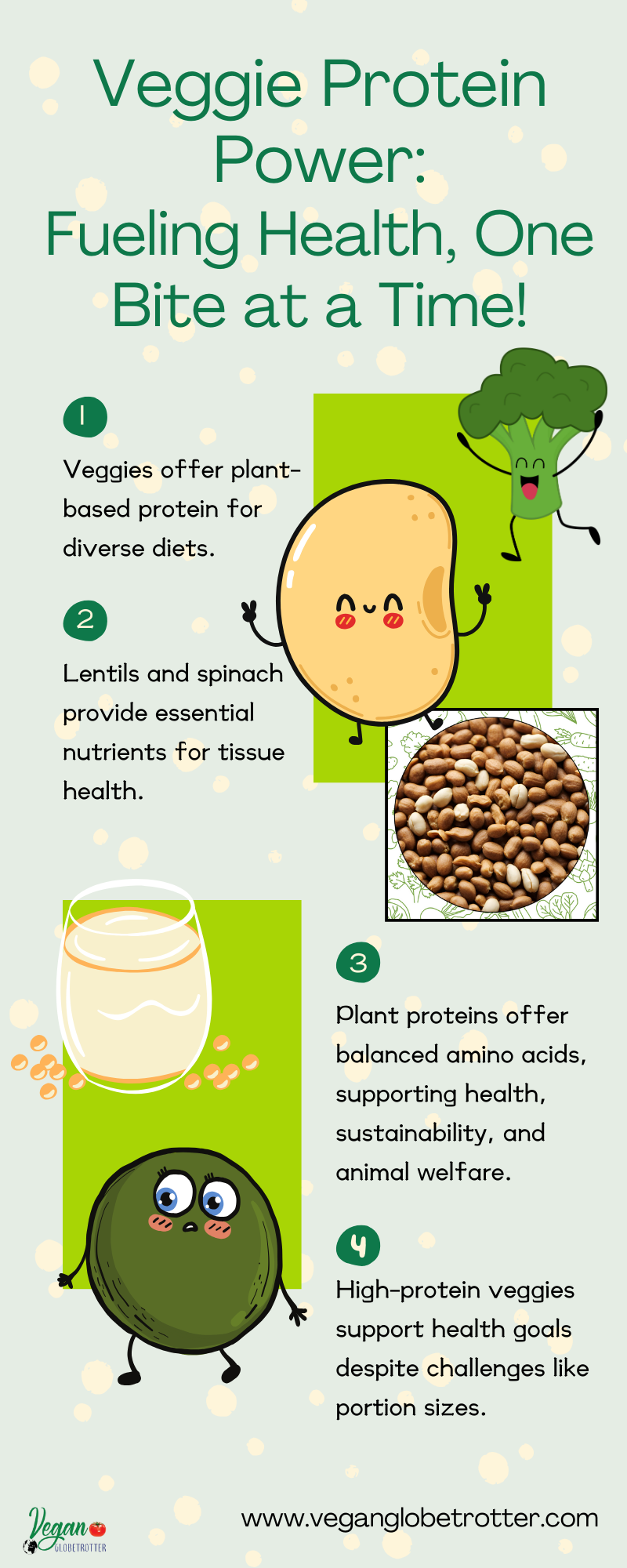
Animal Proteins
Animal proteins are often referred to as “complete proteins” because they contain all nine essential amino acids the body cannot synthesize on its own. These proteins are found in meat, dairy, and eggs. They are typically more easily digested and absorbed, which can be beneficial for muscle repair and growth. Foods like chicken and beef are well-known sources of animal protein.
Vegetable Proteins
On the other hand, vegetable proteins often lack one or more essential amino acids, making them “incomplete proteins.” However, eating a variety of plant-based protein sources can provide all the essential amino acids. Vegetable proteins are found in beans, lentils, nuts, seeds, and some grains. They come with the added benefit of fiber and other healthful compounds. Foods like quinoa and tofu are excellent examples of high-protein plant foods.
Animal vs. Vegetable Protein
Below is a comparison of vegetable and animal protein sources: Source Protein Content Beef (100g) 26g Chicken Breast (100g) 31g Lentils (1 cup) 18g Quinoa (1 cup) 8g Note: The protein content can vary based on how the food is prepared. Individual dietary choices, ethical considerations, and health needs often dictate whether someone chooses more vegetables or animal protein in their diet. People with specific health conditions or dietary preferences may opt for plant-based protein sources to complement or replace animal proteins.
Incorporating High-Protein Vegetables into Meals
Incorporating high-protein vegetables into one’s diet can be both simple and beneficial. They are versatile and can be added to various meals to boost protein intake. One can start with edamame, which contains 18.46 grams of protein per cup. It can be enjoyed on its own as a snack or added to salads and bowls. For those looking to increase their protein through vegetables, adding beans to dishes is an excellent choice. Beans are not only high in protein but also provide dietary fiber. They can be incorporated into soups, stews, and salads or mashed to be used as a base for vegetarian patties.
Quick Guide to Incorporate Vegetables
Here is a quick guide on how to incorporate some common high-protein vegetables into meals:
- Edamame: Toss into salads or stir-fries.
- Spinach: Blend into smoothies or add to omelets.
- Broccoli: Include in pasta dishes or roast as a side.
- Kale: Use in soups or bake into chips.
- Beans: Mix into burritos or serve as a bean salad.
One delicious example of a meal with high-protein vegetables is a Greek-inspired salmon bowl found at The College Nutritionist. This dish pairs protein-rich salmon with a variety of beans and vegetables, offering a satisfying and nutrient-packed meal.
Example
For variety, Kitchn illustrates how a week of high-protein meals can be packed with vegetables, showcasing how easy meal prep can be with the right ingredients. The site provides practical examples, such as adding feta and tomato braised chickpeas to one’s lunch routine, giving a substantial protein boost. Finally, incorporating high-protein vegetables into breakfast options is also a great strategy. A 3-Cheese Frittata Cups recipe at the mentioned Kitchn can kick-start the day with a fulfilling protein source from eggs and vegetables.
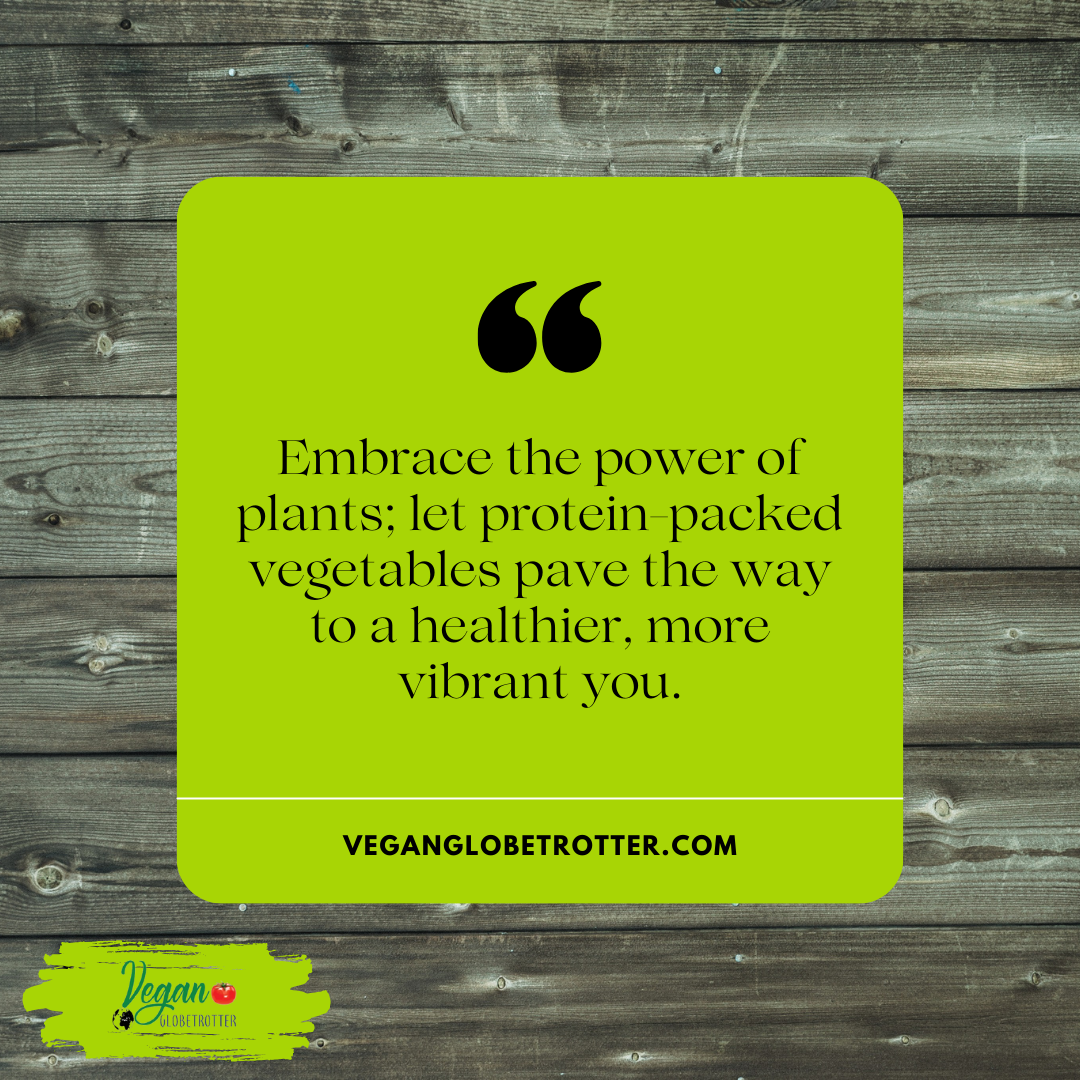
Edamame
Among these, edamame (18.46 grams of protein per cup) is a standout and grows best in warm soil; it should be harvested when the pods are plump and green. Edamame is an essential component for those targeting a plant-based protein intake.
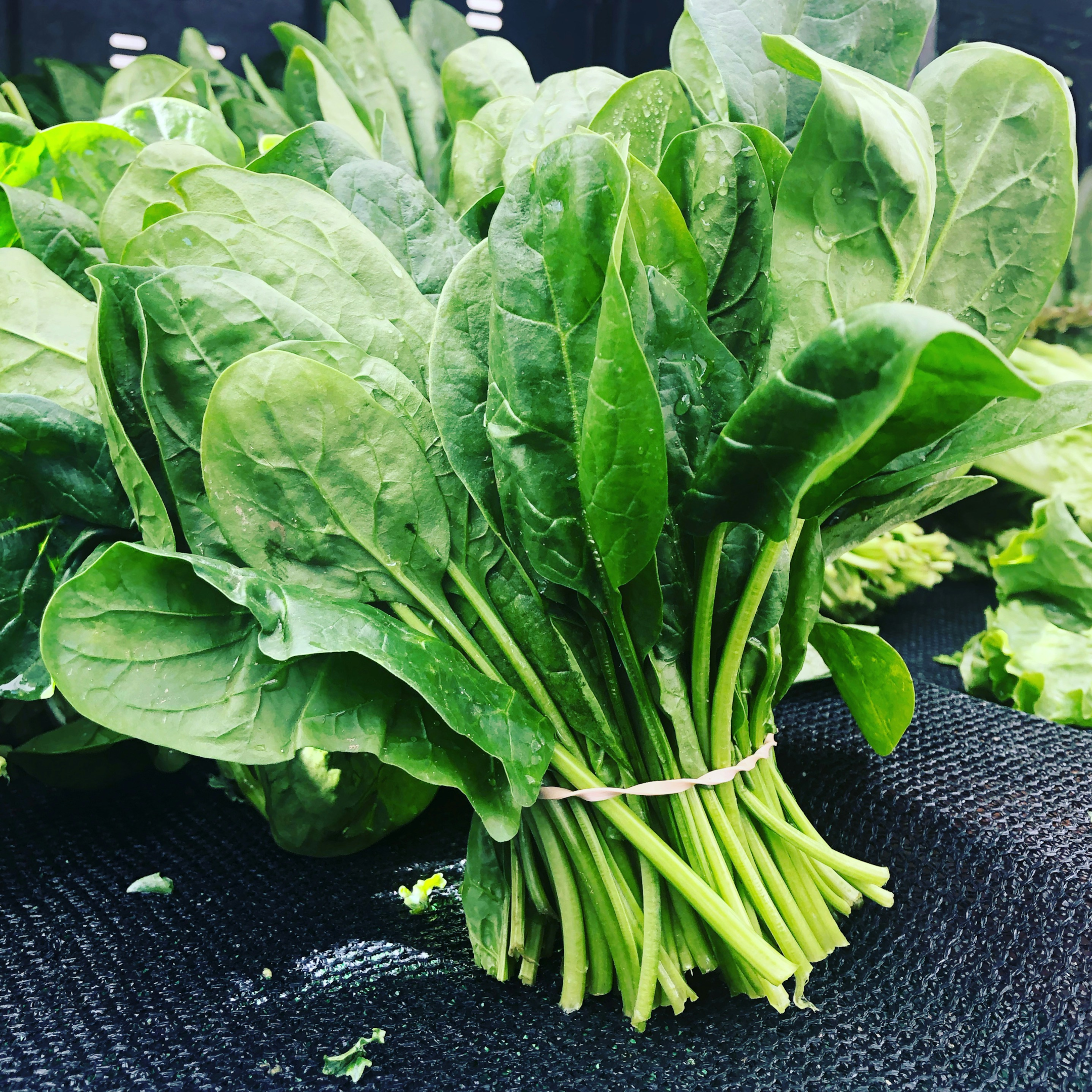
Photo by Elianna Friedman on Unsplash
Spinach
Spinach, another protein-rich vegetable, is versatile and can be harvested at the “baby” stage for salads or allowed to mature for cooked dishes. This leafy vegetable prefers cooler temperatures, hence, early spring or autumn plantings are most fruitful.
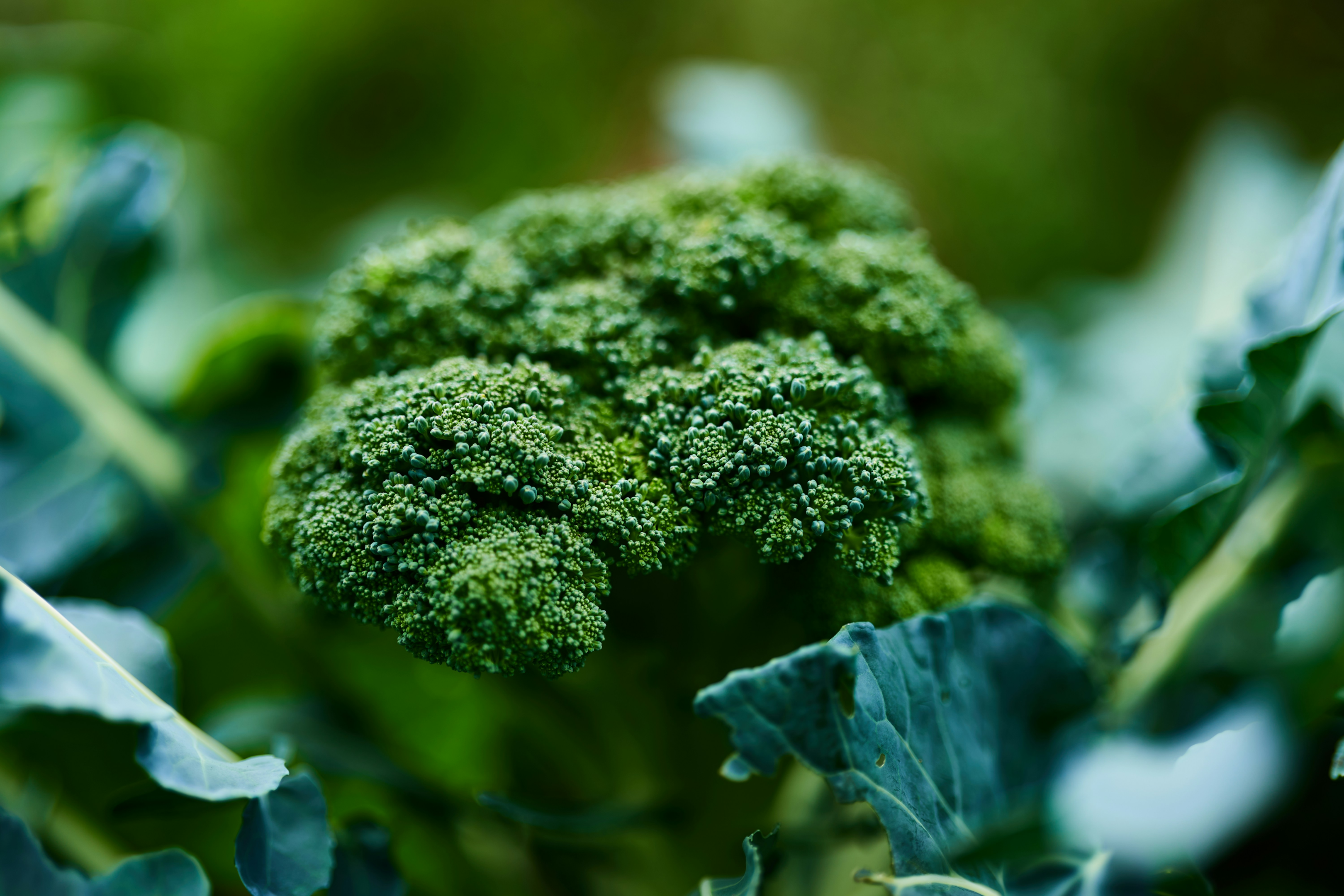
Photo by Hans Ripa on Unsplash
Broccoli
Broccoli thrives in well-drained fertile soil with ample sunlight. This vegetable is harvested when the head is firm and tight, before the flowers bloom. Broccoli florets continue to provide harvest, even after the main head has been cut.
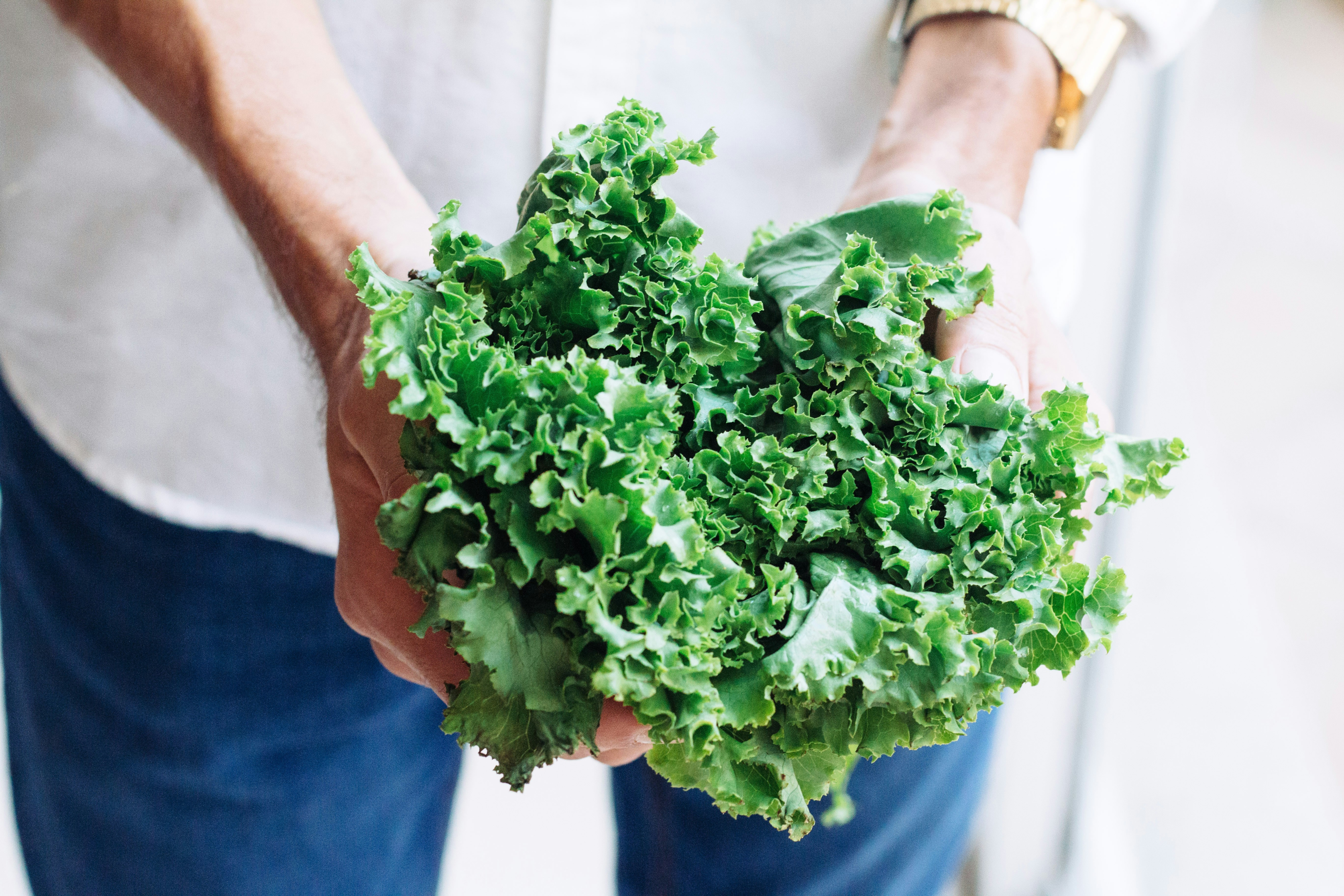
Photo by Adolfo Félix on Unsplash
Other Vegetables
Kale, rich in protein and nutrients, can survive in colder temperatures and can often be harvested into the winter. Kale leaves are best when young and tender; they can become tough if left to grow too large.
When Planning a Garden
- Begin with nutrient-rich, well-draining soil.
- Stagger planting times for a continuous harvest.
- Regularly water, ensuring even soil moisture.
- Monitor for pests and diseases to maintain plant health.
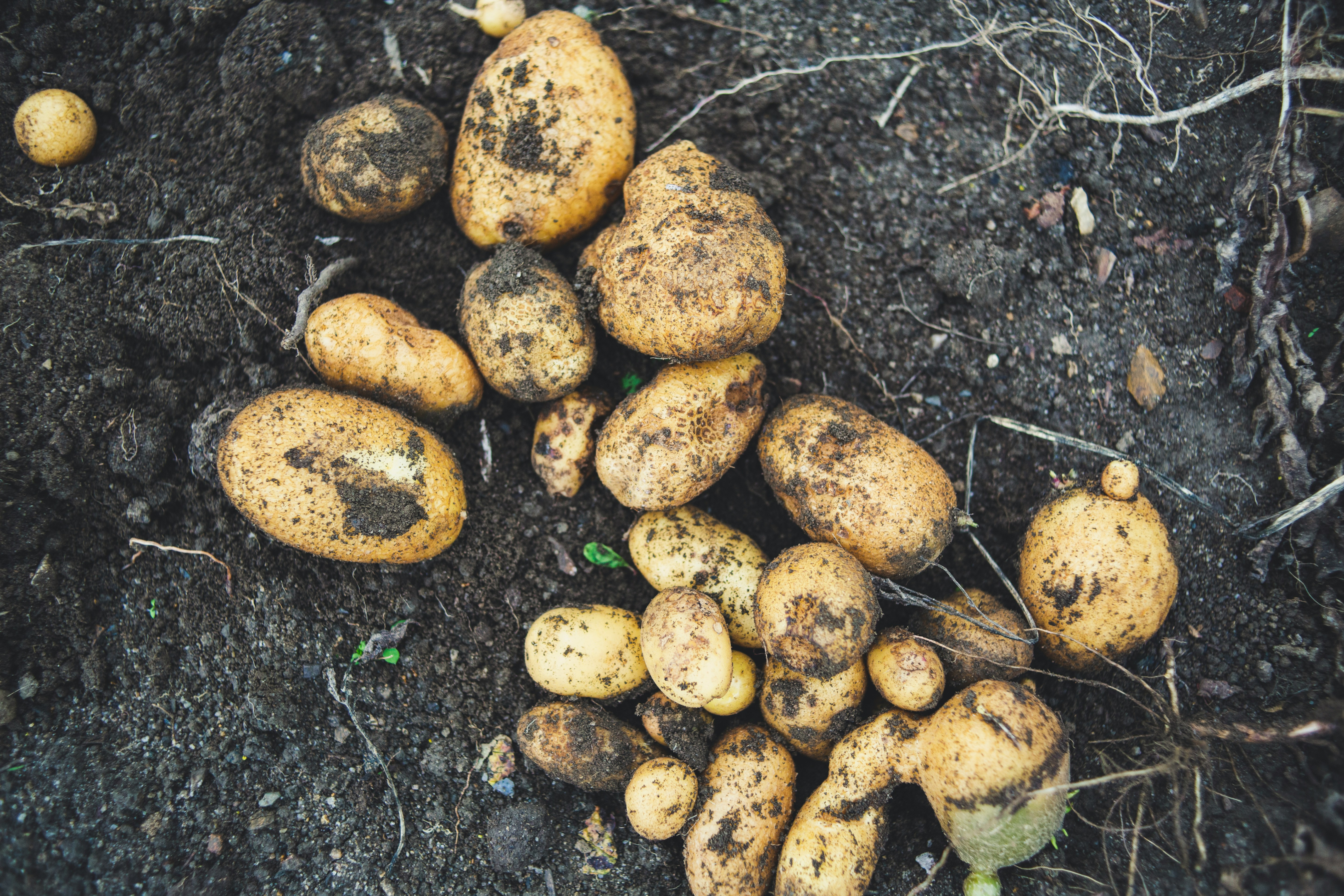
Photo by Markus Spiske on Unsplash
Another Vegetable Rich in Protein
Potatoes, albeit lower in protein compared to legumes, contain beneficial amounts when eaten with the skin. They require well-aerated soil and should be planted in early spring. Harvest occurs when the foliage begins to yellow and die back. Overall, these vegetables not only pack a nutritional punch but also add diversity to the garden. For detailed recipes and cooking tips involving protein-packed vegetables such as Hasselback potatoes with guacamole, click here.
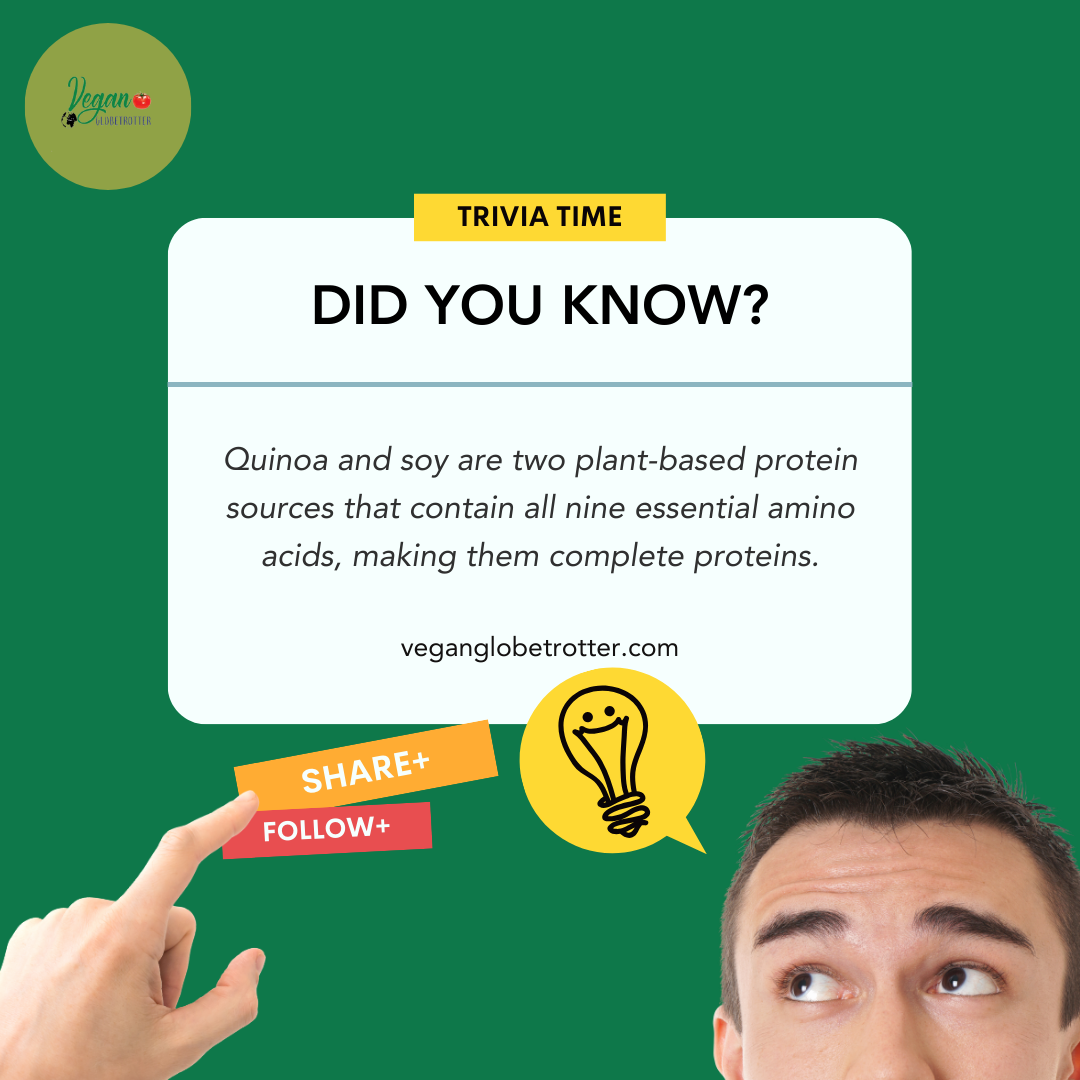
Challenges and Considerations
Incorporating high-protein vegetables into a diet may present certain challenges and considerations. One must account for individual dietary needs and preferences, ensuring that the vegetables chosen not only provide protein but also align with their overall nutritional requirements. Bioavailability is a key factor; it refers to the extent to which nutrients are absorbed by the body. The protein in vegetables might not be as readily absorbed as that from animal sources. To counter this, complementary proteins can be combined, such as grains with legumes, to ensure a complete amino acid profile.
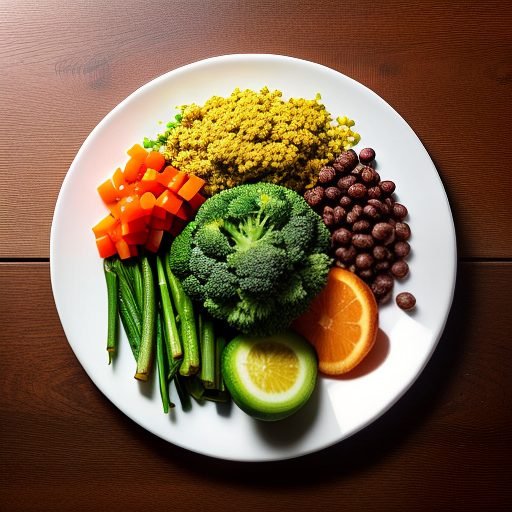
Presence of Anti-Nutrients
Another aspect to consider is the presence of anti-nutrients like phytates and tannins found in some high-protein vegetables, which can inhibit the absorption of minerals. Proper cooking methods can reduce these compounds, enhancing nutrient uptake. Vegetable Protein (per cup) Consideration Spinach 6g High in oxalates Edamame 18.46g Contains soy isoflavones Broccoli 2.6g May cause gas in some people. For individuals with restricted diets or allergies, particularly to soy or legumes, options may be limited. They should seek diverse protein sources within their constraints.
Portion Sizes
Portion sizes are another important aspect. One might need to consume larger quantities of vegetables compared to other protein sources to meet their daily goals. This can be challenging for those with a low-calorie requirement or limited appetite. Finally, availability and cost can be barriers; some high-protein vegetables might be seasonal or more expensive, potentially limiting access to these nutritious options.
Vegetables High in Protein: Conclusion
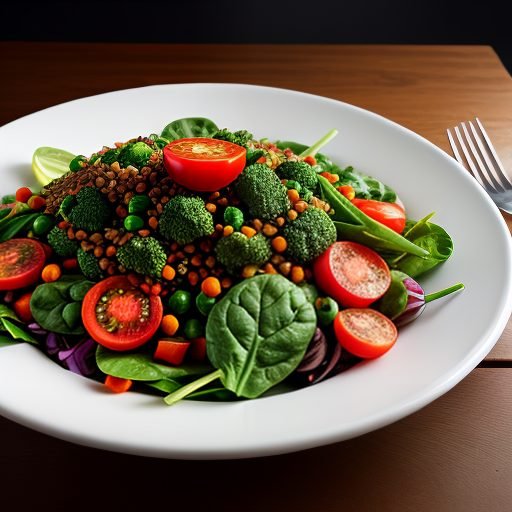
In summary, protein is essential for tissue repair and maintenance, and vegetables offer a valuable source. High-protein options like lentils, spinach, and peas provide not only protein but also vital nutrients.
Balancing animal and vegetable protein ensures a complete amino acid profile. Incorporating these vegetables into meals is versatile and supports various dietary goals, from muscle health to weight management.
Despite challenges, high-protein vegetables offer significant health benefits and are a nutritious addition to any diet plan. Try incorporating more high-protein vegetables into your meals today for a healthier and more balanced diet!
Which Vegetables Are Notable for Their High Protein Content?
Edamame stands out as a vegetable with a remarkable protein count, offering 18.46 grams per cup once prepared. Other protein-rich vegetables include lentils, chickpeas, and black beans, each contributing significantly to one’s daily protein intake.
How do protein levels in spinach compare to other high-protein vegetables?
Spinach offers 6 grams of protein per cup, making it one of the vegetables with a higher protein content. It doesn’t top the list but is significant, especially when compared with other leafy greens.
What Are Some High-Protein Vegetables Suitable for a Bodybuilding Diet?
For bodybuilding purposes, vegetables like spinach, green peas, broccoli, and Brussels sprouts are favorable due to their higher protein contents which support muscle building and recovery.
Are There Vegetables That Offer Enough Protein for Effective Weight Loss?
Certainly, vegetables such as spinach, kale, and mushrooms possess ample protein that can aid in weight loss while providing essential nutrients and fiber without excessive calories.
How Much Protein Can Be Found in Broccoli Per Serving?
A single serving of chopped broccoli, which is about one cup, contains approximately 2.6 grams of protein, contributing to a balanced diet and providing other essential nutrients.
Is It Possible to Meet Daily Protein Requirements With Vegetables Alone?
While it is challenging to meet the entire daily protein requirement with vegetables alone due to their lower protein density compared to animal products and legumes, incorporating a variety of high-protein vegetables can help contribute to overall protein intake.
Follow Our Socials
Discover the awesome world of VeganGlobetrotter! We’ve got cool stuff on different social media apps. Check out tasty recipes and travel tips on Instagram. Talk about interesting things and make friends on Twitter. Watch fun videos and learn cool stuff on YouTube.
Hang out with us on Facebook for a friendly community and cool ideas. It doesn’t matter if you’re new to being vegan or you’ve been doing it for a while. VeganGlobetrotter’s social media has something for everyone who likes yummy food and cares about the planet. Follow us on all the apps for a super fun and easy way to be vegan!
#VeganGlobetrotter #YummyVeganLife



Don't miss out
when new recipes and information are added!
Join our newsletter for free recipes,
healthy living inspiration, and special offers
You have Successfully Subscribed!